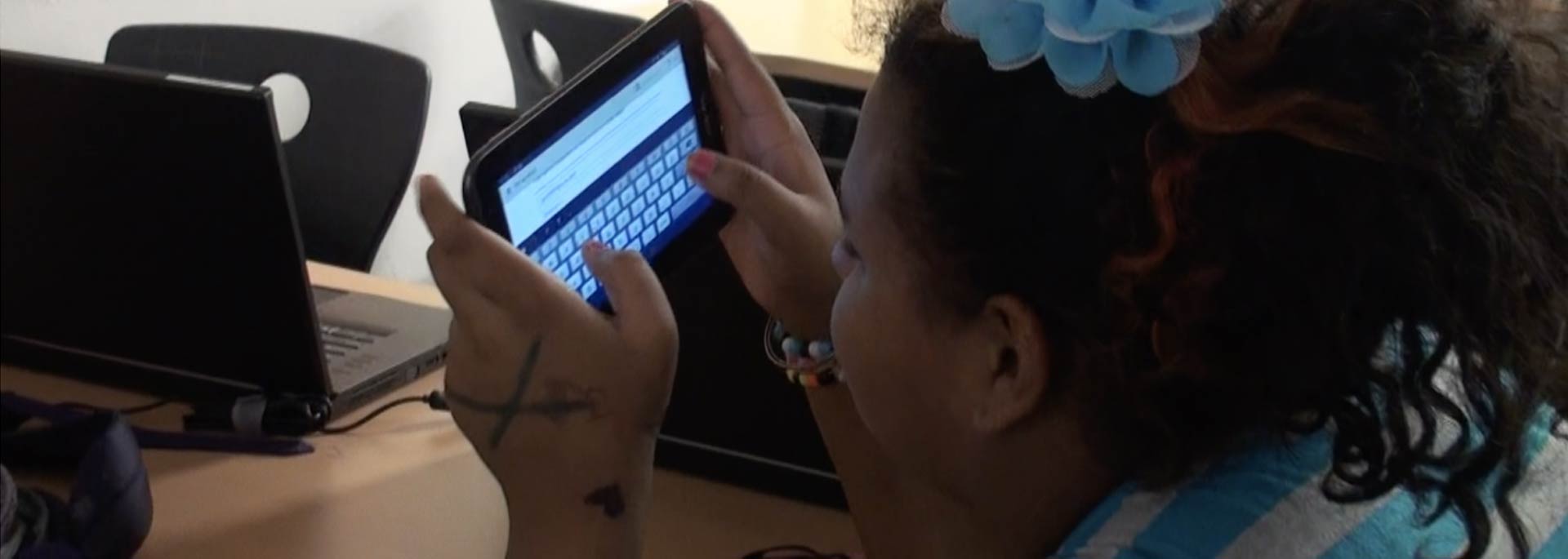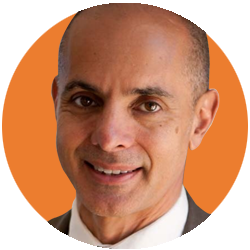US Conference of Mayors – Average Daily Attendance Calculator
Welcome US Conference of Mayors
86th Winter Conference Attendees

New Technologies For Improved Student Performance
Welcome Education and Workforce Development Committee Members. Below, as promised in our remarks, is the “Average Daily Attendance Savings Estimate Calculator”™ you are welcome to pass along via this webpage link to your school superintendents and principals.
We’re honored to share a common commitment with committee co-chair Mayor Chris Cabladon of West Sacramento, CA, Mayor Steve Adler of Austin, TX and Superintendent Dr. Paul Cruz of Austin ISD, to accelerate AI-based EdTech innovation for PreK-12th grade that delivers measurable quality of life and academic performance for your cities.

Average Daily Attendance Savings Estimate Calculator
Hi, I’m Amy Looper, Co-Founder and COO of OneSeventeen Media – At the US Conference of Mayors 86th Winter Conference I delivered remarks along with Doyle Valdez, CEO of Mobility Blueprint, as part of Austin Mayor Steve Adler’s panel to the “Education and Workforce Development Committee: Preparing the Workforce of the Future’s Working Session” on “New Technologies For Student Performance.”
I highlighted how OneSeventeen Media’s reThinkIt! suite of mobile apps is using innovative AI machine-based learning algorithms that learn and adjust over time what each individual student needs to help them make wiser decisions, curb misbehaviors and prevent dropouts.
As a value-add for mayors to pass onto their city’s superintendents, I offered the following calculator which can provide a ball-park estimate of revenues reThinkIt! for 3rd – 12th graders and ThinkingApp for Prek – 2nd graders could potentially preserve for your school districts.
Additionally, for context, we have provided pdf’s of the panel remarks that can be viewed below:

Read Remarks from Committee Co-chair Chris Cabaldon, Mayor of West Sacramento
Mayor Cabaldon discusses the importance of exploring automation and artificial intelligence (AI) related technologies in the education and workforce development space…

Read Remarks from Dr. Paul Cruz, Superintendent of Austin ISD
Learn more about how Dr. Paul Cruz and Mayor Steve Adler work together as advocates for the Austin public school system and community…

Read Remarks from Doyle Valdez, CEO of Mobility Blueprint
Learn more about how Mobility Blueprint addresses socialization and lost instruction time…

Read Remarks from Amy Looper, COO OneSeventeen Media
Learn more about how OneSeventeen Media is using innovative technologies, such as AI, to reduce dropouts and increase revenues at schools…
Average Daily Attendance Savings Estimate Calculator*
Below, enter any number of schools in your district, the average daily cost per student and percentage increase desired to calculate an estimated potential cost savings* your district could potentially retain using reThinkIt! or ThinkingApp to increase your average daily attendance (ADA).
*Disclaimer
This calculator is meant to provide preliminary estimates for informational purposes only and does not account for specific facts or details that could be present in any particular set of circumstances. We do not guaranty in any way the cost savings reflected by this calculator.
“What Mayor Adler and Superintendent Cruz are doing in Austin in the technology space is linked to a variety of initiatives…best practices for us to learn from. A shared commitment to leveraging education technology and innovations has increased quality of life and academic performance in Austin.”
“In Austin, we like to keep things going, keep things moving, keep it innovative, keep a lot of startups…But it is always about trying to solve a problem in a different way…some issues that are systemic and we’re always trying to approach it with the same solution and it isn’t going to work.”